#scale insect
Photo
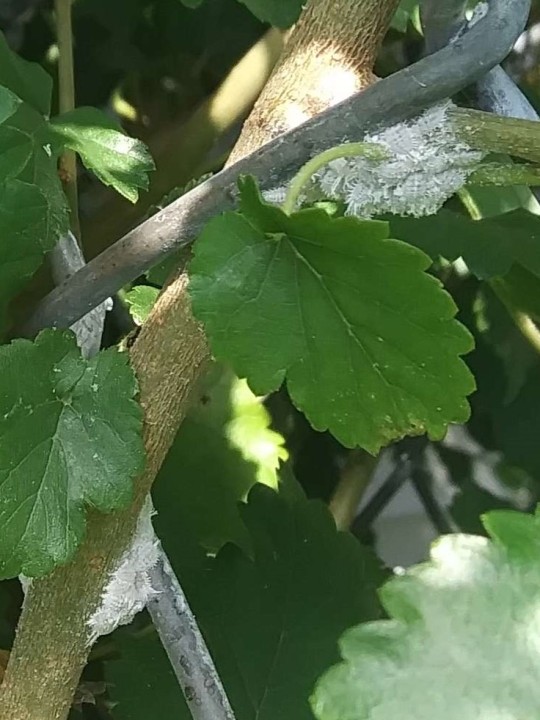
@minigun-aficionado submitted: Hi! I’m from northern Indiana, USA. I was cutting this large weed down from my fence and I noticed these powdery white bumps on the stems! I thought it was some kind of mold, but then they moved a little. They still shed some kind of powder, so I didn’t bother them anymore and let them crawl back to their little colony on the stem. What might they be?
Great followup submission to the last one I posted! These are mealybugs, which are a type of scale insect.
54 notes
·
View notes
Note
Bug question, particularly butterflies but applies to pretty much any creature where the offspring goal is quantity over quality, but what happens when bugs inbreed? YouTube gave me a butterfly vid that led me down a rabbit hole and it was mentioned that these butterflies were inbred, but my understanding of that is It's Bad because it severely limits the gene pool and causes all kinds of issues. But that's for big animals that, at most, have 10 per litter or so. When you have bugs, you're looking at *thousands* of eggs, so what happens then?
Depends on the insect! As you guessed, it's not as bad when you have so many young and don't live that long to begin with. For most insects, though, it's still not ideal.
Emphasis on most.
Hymenopterans (wasps, ants, bees) have what's called haplodiploidy--a sex determination system where males only have one set of chromosomes. The result of this is that deleterious recessive traits can't accumulate too much, because otherwise the males carrying them wouldn't survive to mate to begin with. So, inbreeding isn't quite as bad.
Most hymenopterans still try to maintain some genetic diversity, anyway--worker bees will kill inbred bees while they're still in the cell.
However, for some wasps, it's the rule. Many species--including the various fig wasps, and many different kinds of parasitoids--are almost strictly sisters mating with their brothers shortly after pupating, only mating with unrelated wasps on the off chance two mothers laid eggs in the same host!
But the cushiony cotton scale insects put even the most incestuous wasps to shame. For years, they were thought to be hermaphrodites.
Nope. At least, not in the traditional sense. Turns out females are just infected with the parasitic testicle of their father/grandfather/great grandfather etc., who has been parasitizing and inbreeding with his own female descendants for--well, who knows how long?
23 notes
·
View notes
Text
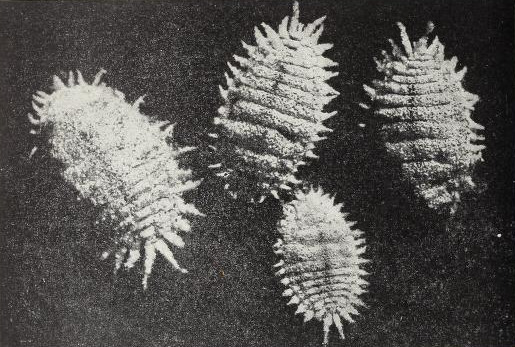
Mealybugs
By: Cornelia Clarke
From: Everyday Biology
1946
#scale insect#true bug#insect#arthropod#invertebrate#1946#1940s#Cornelia Clarke#Everyday Biology (1946)
22 notes
·
View notes
Text

To scale
11 notes
·
View notes
Text
#1840 - Pulvinariella mesembryanthemi - Exotic Pigface Scale

AKA Iceplant Scale Insect
Spotted growing on the Pigface (Carpobrotus sp.) growing right down at the end of Woodman Point, Perth.
The actual insect is the brown thing - the rest is her cottony ovisac, which will contain hundreds of tiny crawlers when they hatch.
A Pulvinaria was a couch used by the Roman gods for religious rituals - presumably that’s related to the common name of cottony cushion scales. The species name refers to the preferred hostplants - Mesembryanthemum is one genus of flowering plants in the family Aizoaceae, and a close relative of Carpobrotus. The scale insect probably arrived in Australia from its native range in southern Africa, but it’s also made it to many other parts of world, especially where the Iceplant was introduced as a highway planting.
Other related scale insects also derive their binomials from their host plant -Pulvinaria dodonaeae is endemic to Australia and feeds on plants in the genus Dodonaea. Another introduced cottony soft scale found in Australia goes by the name of Pulvinaria hydrangeae.
2 notes
·
View notes
Text
How to Safely Treat Your Home and Plants of Irritating Pests
In this comprehensive article, we will dive into pests that commonly afflict houseplants, from tiny aphids to stubborn spider mites, providing you with organic, natural strategies and easy to understand tips to identify, prevent, and eradicate these nuisances. Get ready to reclaim your indoor oasis and have a pest-free environment in your home again!
According the U.S. Environmental Protection…

View On WordPress
#Aphids#Gnats#houseplant#houseplants#Indoor plant#Indoor plants#Leaf miners#Mealybugs#Neem#Neem oil#Scale insect#Scale insects#Spider mites#White flies
0 notes
Text

Thats a lot of shiny iridescent critters lately!
Custom for beeblebobble from TH
#creature design#character design#oc#original character#anthropomorphic#anthro#monster#insectoid#insect#bug#shiny#rainbow#iridescent#muscular#scales
799 notes
·
View notes
Note
i don’t know if you take requests or not, but if you do i would love to see a tomato horn worm in your style! if not, thanks u anyways and i love ur art! always so awesome seeing funky bugs on my dash

i dont typically do requests, but ive had this ask sitting around for a bit AND its for a bug, so i finally thought it might be fun to do a lil somethin. heres your guys o7
482 notes
·
View notes
Text
Another carboniferous painting, going for something more stylized this time
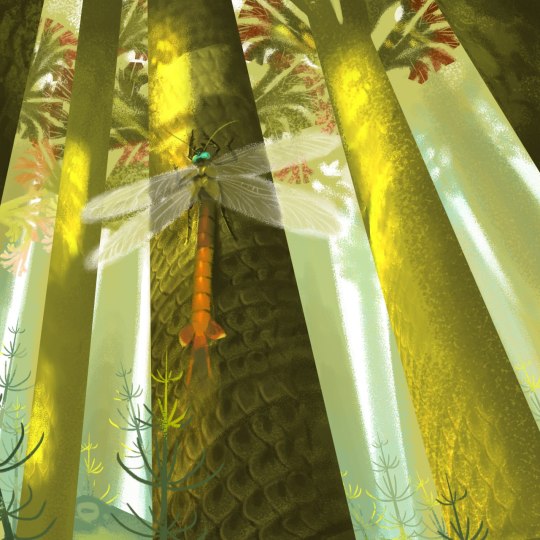
#art#digital art#illustration#insect#paleoart#palaeoblr#carboniferous#meganeura#griffinfly#lepidodendron#scale trees#club mosses#paleozoic#Palaeozoic
2K notes
·
View notes
Text
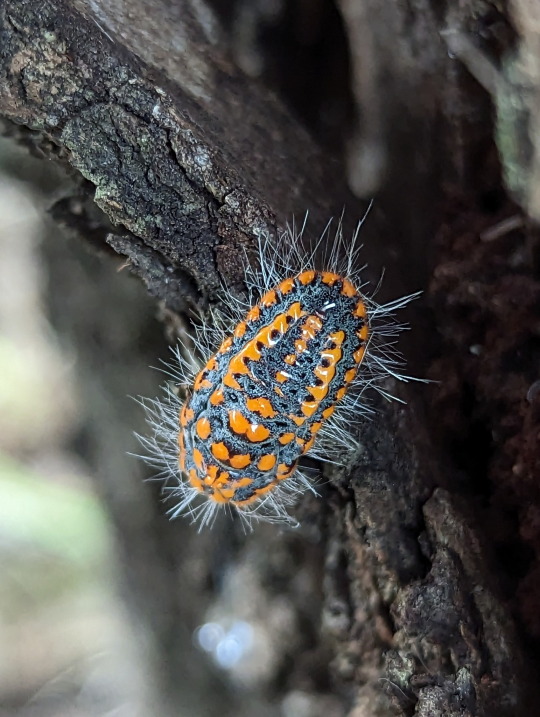

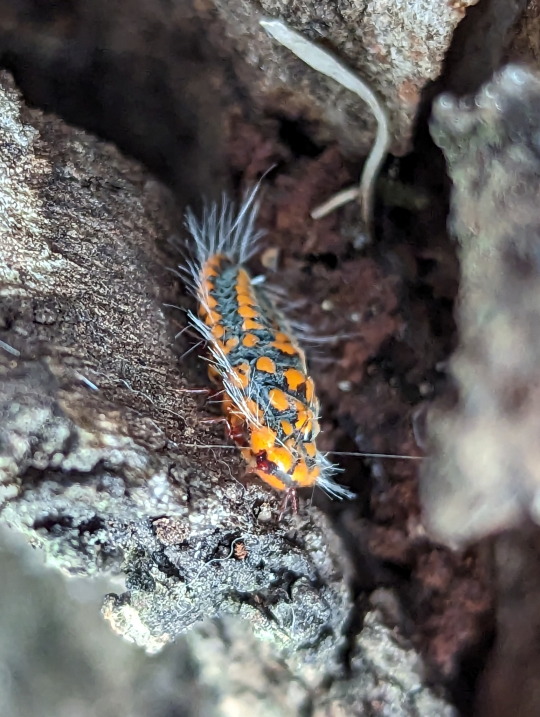
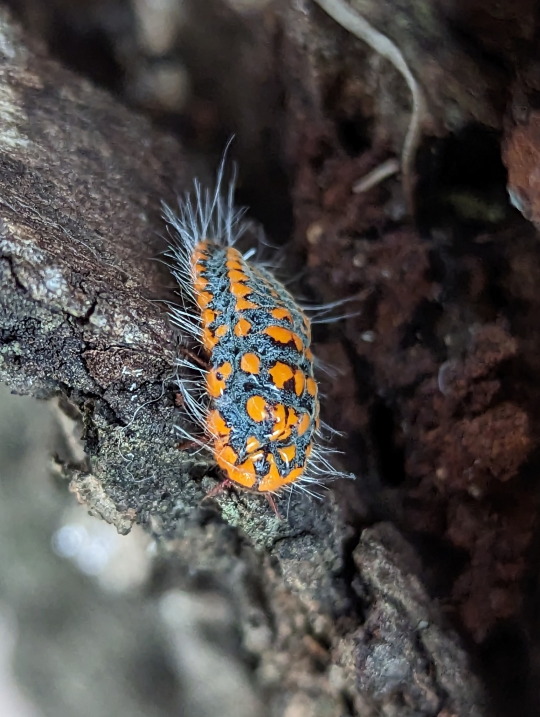

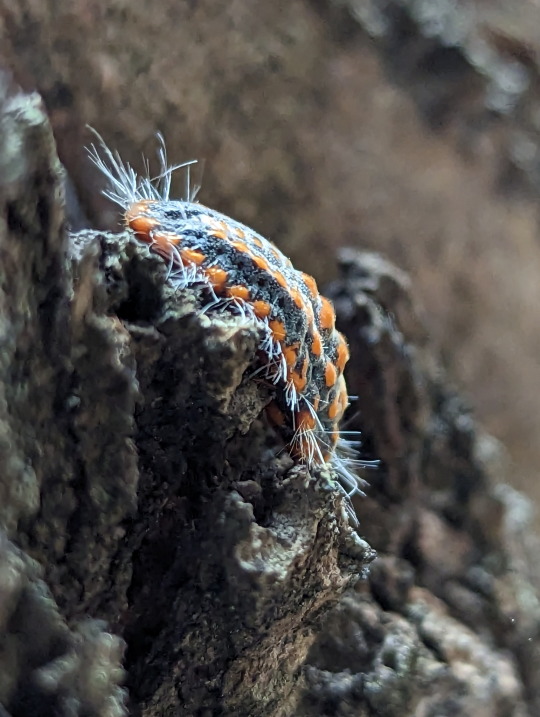
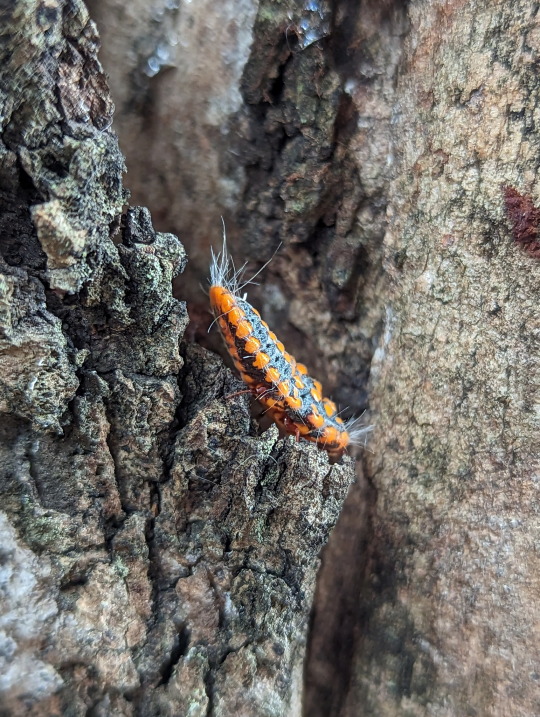
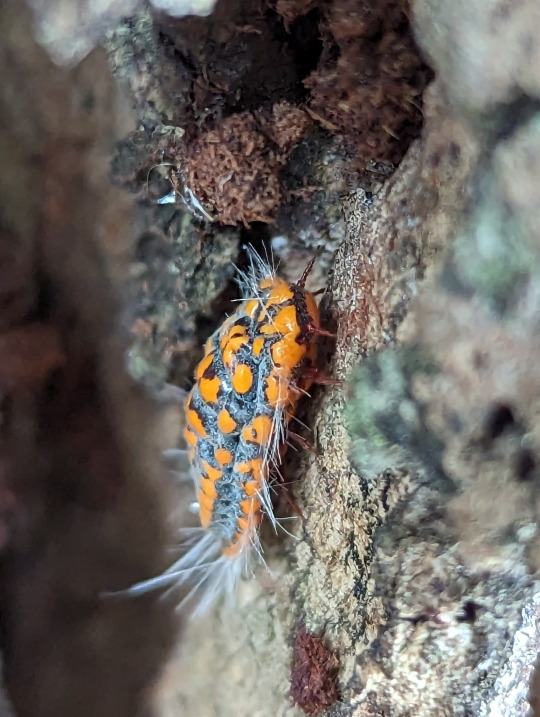
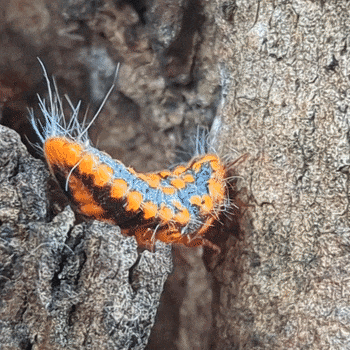

Giant Scale Insect
I got a bit of a shock when I saw this thing.
At first I thought it might've been the larva of those big leaf beetles I found. Was very surprised to discover it was a scale insect.
Unidentified, genus Monophlebulus
28/03/23
#Monophlebulus#unidentified#Giant Scale Insects#Monophlebidae#Coccoidea#Scale Insects#Sternorrhyncha#Plant-parasitic Hemipterans#Hemiptera#gifs#invertblr#invertebrates#Arthropods#Arthropoda#bugs#bugblr#bugs tw#insects#insecta#insectblr#entomology
894 notes
·
View notes
Text

A male eudimorphodon ventures down to the forest to hunt for suitable nesting material.
#my art#pterosaur#eudimorphodon#paleontology#paleoart#paleoillustration#illustration#prehistoric#triassic#fuzzy#scales#smog#not#a#dinosaur#ferns#forest#insect#bug#wildlife#wildlife art#dinosaur art
666 notes
·
View notes
Photo


Great giant scale insect, Coelostomidia zealandica, Coelostomidiidae, Hemiptera
Shown are winged males mating with a large, flightless female. Found in New Zealand.
Photos by steve_kerr
#animals#curators on tumblr#insects#bugs#true bugs#scale insect#great giant scale insect#one nice bug#i love these lil dudes and their enormous girlfriend
470 notes
·
View notes
Text

Beetrooper Scale Bomber
248 notes
·
View notes
Text

Cottony cushion scale insect
By: Anthony Bannister
From: Éditions Rencontre Cards
1976
#scale insect#true bug#insect#arthropod#invertebrate#1976#1970s#Anthony Bannister#Éditions Rencontre Cards
18 notes
·
View notes
Text


shrimps is bugs
#malevolent#john doe malevolent#hastur#malevolent podcast#malevolent fanart#rkgk#tw insects#arthur for scale lol#hes nakie but dont worry about it#my art
335 notes
·
View notes
Text
Vida's Sheep Jumping Spider: researchers believe that these tiny spiders developed their "woolly" appearance as a way to mimic lacewing larvae or scale insects

The scientific name for this species is Oviballus vidae, but it has also been referred to as the "sheepy jumping spider" or "Vida's jumping spider." It was discovered in 2015, and first described (in a formal context) back in 2020.

As this article (PDF) describes:
Recently, two new salticids, R. legitima and Oviballus vidae were described from South Africa, and suggested to be mimics of either scale insects (Hemiptera: Coccoidea) or lacewing larvae (Neuroptera: Chrysopidae), due to their white colouration and the presence of peculiar tufts of white setae on the body.

The possibility of [scale insects] being the model is supported by Oviballus vidae being regularly collected from plants with woolly scales, although the movements of O. vidae quite closely resemble those of chrysopid larvae.
In fact, a fourth species of possible scale mimic, a new Rhene species, was recently discovered in a collection of salticids
from southern Mozambique, indicating that this phenomenon may be more widespread than has previously been known or even suspected.

O. vidae was named after Vida van der Walt, the photographer who captured some of the first images of these spiders back in 2015, just after the species was discovered by Dr. Galina Azarkina. Vida van der Walt also took the photographs that appear in this post.
Sources & More Info:
Arthropoda Selecta (scientific journal): Rediscovery and Redescription of Rhene cooperi, another possible mimic of scale insects (PDF)
Spider Club of South Africa: Two New Species Named After SA Photographer (PDF, with the relevant info on page 5)
Field Guide to the Spiders of South Africa: Section on Vida's Sheep Jumping Spider
#arachnology#jumping spider#oviballus vidae#mimicry#cute bugs#animal facts#lacewing larvae#scale insects#south africa#wildlife#cute spider#sheep jumping spider#arthropods#cw spiders#but it's a really fluffy spider
103 notes
·
View notes